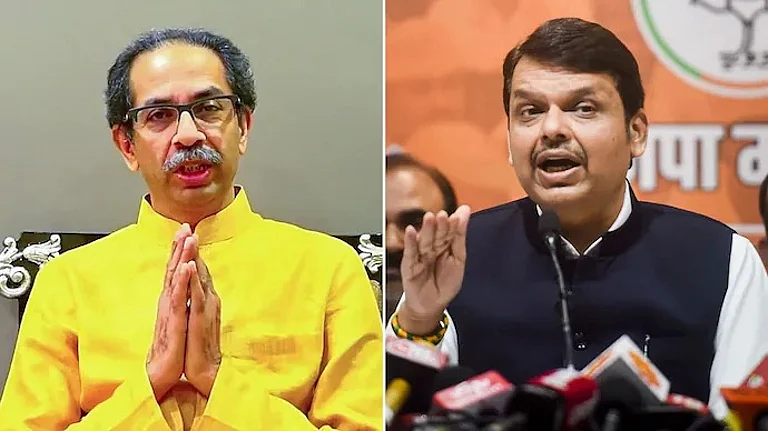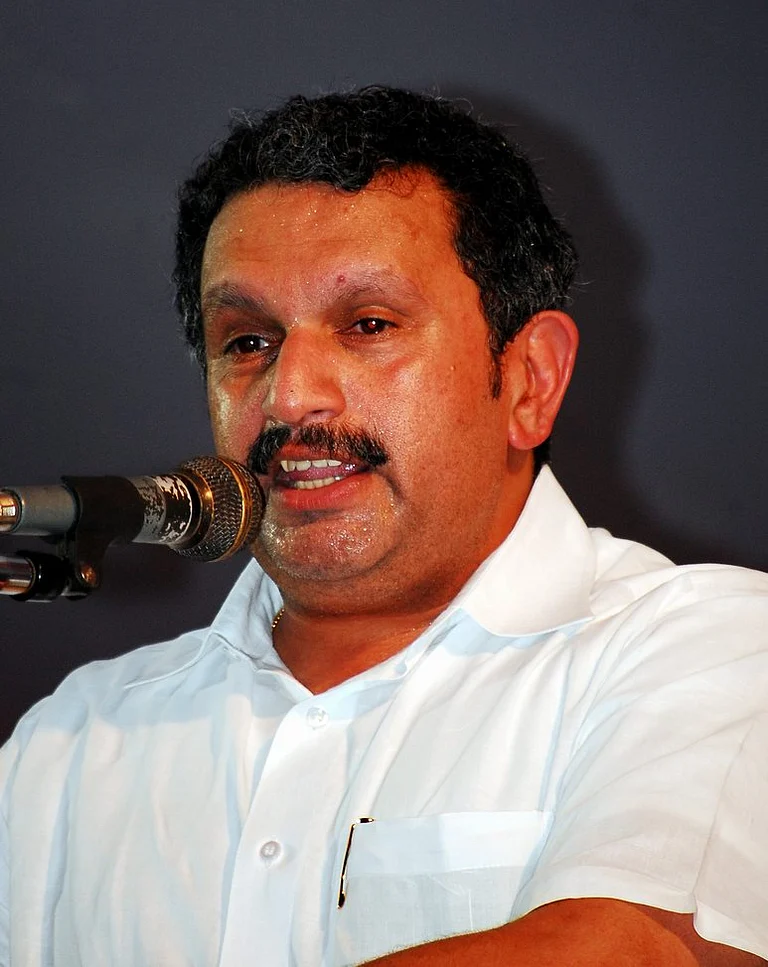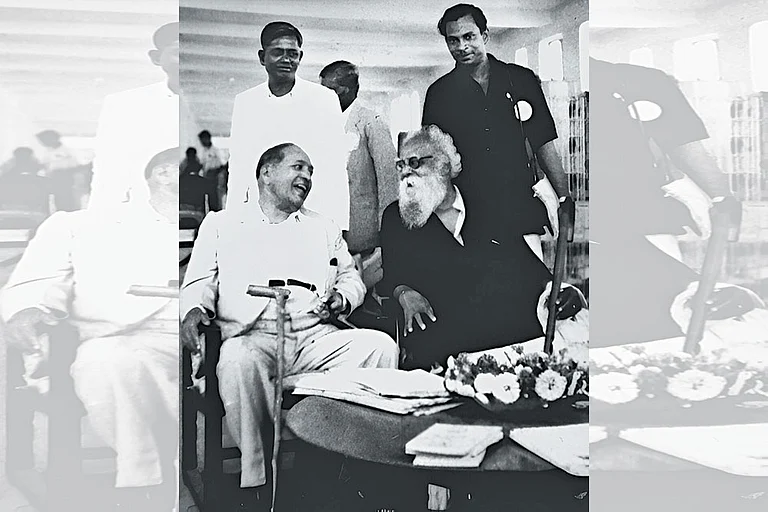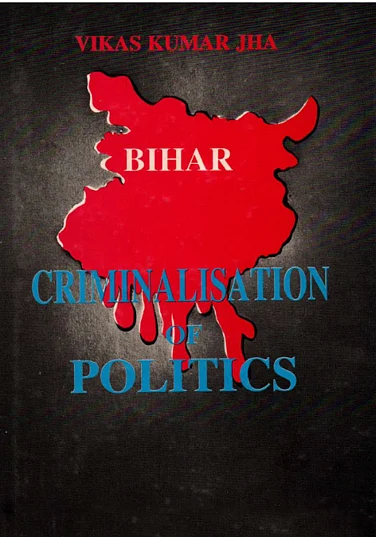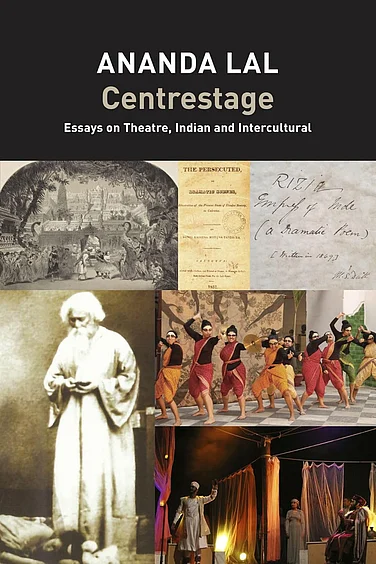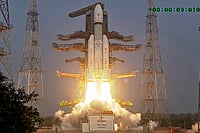
Bakhle bridges Savarkar’s Marathi and English writings to reveal the interplay between his reformist and communal impulses.
She situates his anti-Muslim rhetoric within British colonial politics and his anxieties over Hindu sovereignty.
The book dismantles hagiographic myths, presenting Savarkar as a self-fashioned figure whose “memory work” served political ends.
Janaki Bakhle’s Savarkar and the Making of Hindutva is one of the two recent critical and scholarly works that pierce through the mythology around Savarkar’s life and political ideas, the other being Vinayak Chaturvedi’s Hindutva and Violence: V. D. Savarkar and the Politics of History (2022). Standard scholarship tends to either endlessly chide Savarkar or unquestionably valorise or appropriate his ideas, rarely pausing to pay attention to subtle nuances and layered composition of, and variation in, his political ideas.
Bakhle goes beyond hagiographic caricatures to unravel critical motifs and zealous threads of Savarkar’s life and politics, to explore his different but conflicting personae and ideations. Focusing on one facet of his undercuts the other, producing not one but many Savarkars. Nonetheless, many threads still pervade his whole thinking. This book brings to the fore hitherto unknown and unexplored strands of Savarkar’s thoughtscape through his Marathi writings.
The existing assortment of academic scholarship, biographies and commentaries on him predominantly draws on his English writings. However, as Bakhle shows, his Essentials of Hindutva (1923) is itself grounded in his Marathi writings, and his political ideas will remain elusive so long as the inter-referencing or interplay between his vernacular (Marathi) and national (English) writings is not sufficiently appreciated. This work does exactly that, and so very methodically.
Bakhle seems to interpret Savarkar’s emergence as a firebrand leader as, in part, a handiwork of the British, particularly their interest in warding off perceived global Islamic conspiracy and the fear that Hindu leaders might be drawn into it through the Khilafat Movement. Savarkar performed this role with far greater eloquence and ideological clarity. His anti-Muslim prejudice, as she points out, was essential, racial, systemic, and selective, and a product of his profound insecurity about the place of Hindus in post-British India.
Bakhle’s juxtaposition of Savarkar’s conflicting personae, for instance, as an anti-caste reformer and an anti-Muslim polemist, is particularly appealing. His anti-caste views were indeed radical, and rooted fundamentally rooted in a quintessential upper caste worldview, but not entirely detached from his other political interests, such as rebuilding the lost Hindu sovereignty and political relegation of Muslims. Much deal of energy is spent on explicating how Savarkar mobilised Marathi poetry, grafting it onto narratives and myths that seamlessly echoed with his imagination of the Hindu nation.
Bakhle’s assessment of Savarkar as a historian, insofar as he produced many historical treatises without any formal academic training, is interesting. His history-writing was popular and derivative, and at best a product of “memory work” rather than meticulous academic rigor. However, the academic history based on source-criticism was still, by any standards, in its infancy. So, in the relative absence of professional historiography, Savarkar conceived historical writings as essentially political projections, or what in the words of Bakhle, “must serve the needs of agitprop.”
Bakhle also deconstructs the mythological narratives about his “sheer brilliance” that was often “envied” upon by his enemies, the Muslims, the Gandhians and the British, and traces their germination in Maharashtra before making their way into formal writings on him. Savarkar’s self-representations amplified these myths, and his biographers and commentators passed on these myths without questioning them. As Bakhle observes, “ what Savarkar wrote about himself became what Savarkar’s acolytes claimed about him, only then to be used as straightforward evidence of the truth of what Savarkar claimed”.
Her assessment makes sense not merely for highlighting the uncritical reception of his life and ideas in the world of popular writing, but more for underlining the necessity of studying Savarkar with critical interest. As much of what is written about Savarkar springs from inflammatory myths and emotions tropes, Bakhle’s book demonstrates that meaningful critique must flow from a profound and internal understanding of what is being criticised.
This work is a brilliant exposition of Savarkar’s layered personae and the performative nature of his writings. However, one might still feel after reading the densely-written 501 pages, which curiously stop sometime in 1937 (and deliberately so!), that a running account of mutations in conceptual or operational aspects of Savarkar’s Hindutva in the post-colonial India. Or perhaps a little more on Savarkar’s afterlife. A special account of intellectual influences on him (especially those from the West) could have added extra value to an otherwise neatly-crafted piece of scholarly work.
(Aejaz Ahmad, PhD is a Post-Doctoral Fellow at Moturi Satyanarayana Centre for Advanced Study in the Humanities and Social Science, Krea University, Andhra Pradesh.)







